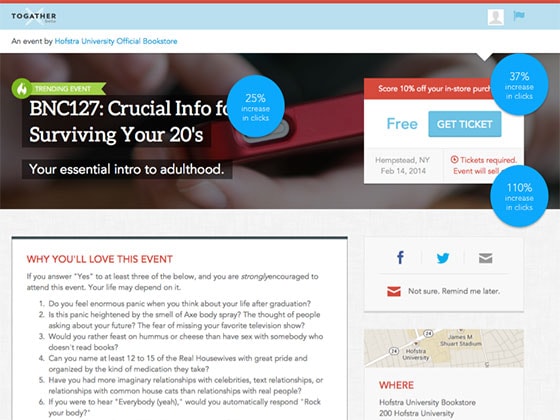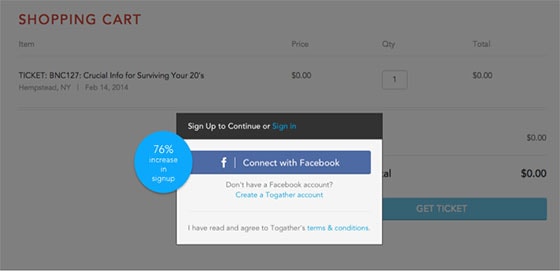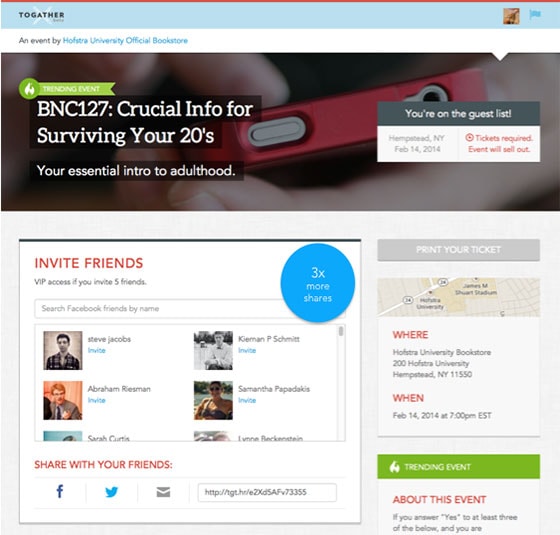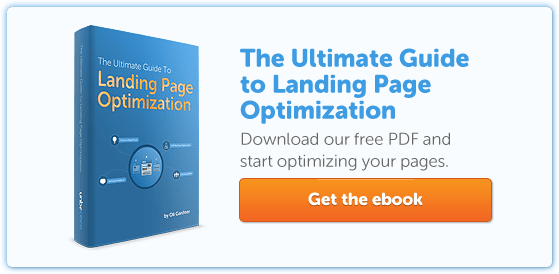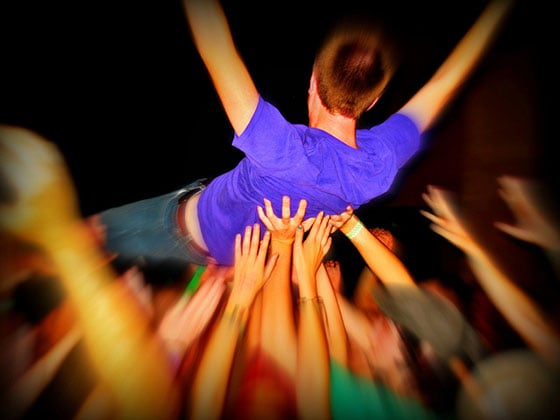
I hear it all the time: events can be costly and inefficient. It takes so many resources to get the details of an event right, that results quickly become a lower priority. You can pack the room and still end up with no clear returns.
But events are an enormously effective marketing vehicle, especially for digital marketers. Because shared, social experiences are a natural next step that will boost any existing content strategy focused on community engagement and revenue growth.
That’s why we spent the last year running thousands of tests and executing campaigns with companies ranging from Fortune 500 companies to local businesses in order to find a new formula for lean, measurable events. Here are some of the basic principles for going beyond the photo-op and making lead gen and revenue the goal of your event marketing strategy.
1. It’s Not About the Event, It’s About The Customers
I’ve seen it time and time again. Whether it’s for a giant retailer or a startup, events suck up resources and result in little more than a good photo-op — if you’re lucky.
But there’s no direct correlation between events that look good in pictures and events that convert. Sure, a carnival that promises cotton candy can attract a lot of people, but how will that push your prospects further down the funnel?
In our early days we spent too much time trying to create better events with big talent, fun venues and savvy concepts but we were ultimately solving the wrong problem.
“Better” only took us so far. Instead, we shifted our focus to the right event: the event that our target audience actually wanted to attend.
With a national retailer, for example, we emailed a sample of their target audience and asked them to vote for the topics they found most interesting. Through this little exercise, we were able to identify nine leading concepts (which we defined as 2x to 5x more popular than the median) that we could safely invest in and execute.
More important, the “winning” event was notably different in each location (the highest performers in some markets were the lowest performers in others) across 30 cities. And this degree of difference held true once we held the events — the winning event concept in a single market showed about a 25% conversion rate; the same event in a non-winning market (our control) showed about a 13% conversion rate.
And the reason is fairly intuitive — the “best” content isn’t a zero-sum game. It’s all about context.
2. Event Marketing is a Component of Content Marketing
You might be thinking, “Okay, I’ll consider an event for my next push, but I’m already stressed!” We’ve all been there. When you think about filling a two-hour slot and making it engaging and fun, it can seem a little daunting. But event content is easy if you already have a content strategy — just follow the learnings from your most engaging digital content and create a meetup, a demo, or a full-blown conference that features similar content.
You’ve know your audience and what resonates with them, so this part’s a no-brainer.
One of our clients is a national health and beauty company with an enormous digital audience and they came to us to figure out how to transfer that traction offline.
We didn’t have to look far. We analyzed their top YouTube video tutorials and came up with low-cost, in-store events that covered the same concepts in the videos, booked experts who could speak to those topics in more detail (and answer the questions that came up in the comments thread) and targeted only the top sharers with special invitations.
The result? An event that fans recognized, identified with, and that placed them within arm’s reach of their favorite products.
Do you have an editorial calendar and an archive of content that has already resonated with consumers? Great, that’s your next event. And the next few after that.
3. Smaller Can Be Better
It’s undeniable that a big crowd looks better in pictures than a small group. If getting the most registrants or the most cotton-candy-seekers were going to generate the right leads, that’d be a sign of success. But it’s not.
The fact is that 10 highly-engaged attendees are much more valuable than 100 who pay more attention to the free food than your unique content. And if you can get those 10 attendees to each bring a friend by providing them relevant content, you’ve just doubled your numbers. And it’s this group, not the crowd, that will open your follow-up email.
So let’s look at an example. One of my colleagues recently told me about a high-priced event campaign that reached about 30,000 potential consumers at a sponsored sporting event and, through on-site opt-in, generated about 2,000 email sign ups.
But when it came time to talk with these consumers about products, only 37 people from the initial 2,000 were willing to click a link in an email to learn more about their products.
Compare that with a recent event series for a consumer packaged goods client that attracted about 150 people for mini TED-style talks that focused on social issues. About 25% clicked on a similar email asks after the event. So, for about 1/50 the cost, the single, small-scale event generated about the same results.
4. A Signup Form is Not Enough
Unfortunately, many of the existing event ticketing platforms don’t make sense for the savvy digital marketer. As you know, landing pages are key and something as basic as your event title can end up making the difference between a bounce and a conversion. Here are some tips for optimizing your event landing pages:
- Frame content for the audience, not the event host. Start by answering the question, “What will my customers love about this event?” (Tip: Use “you” as much as you can)
- Offer an immediate incentive to click. Incentivize RSVPs by including a special offer that adds value to every “ticket” nabbed.
- Clearly demonstrate scarcity or popularity. Even if your event is free and open to the public, don’t shy away from communicating that there are limited spots available or only a few days left to grab the special offer that comes with an RSVP!
- Make it easy to convert. Minimize the number of clicks in your “checkout” flow so you don’t lose attendees in the process. You might consider allowing people to register through their Facebook login.
- Ensure that your event landing page is mobile friendly. You’ll be surprised how many of your customers will experience your event outreach on mobile. Don’t forget to factor that in.
- Don’t forget about post-conversion. After a user converts, make it easy (and valuable) for them to evangelize. A simple “thank you” will go a long way after an RSVP — but incorporating sharing tools will keep your customer engaged for longer, and can increase your RSVP rate.
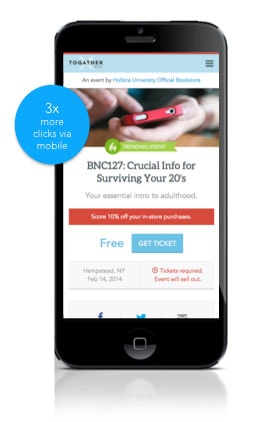
So skip Eventbrite and build a simple-but-customizable event landing page that allows you to not only collect RSVPs, but also insights into consumer behaviour.
The Bottom Line
Event marketing is a multi-billion dollar industry, half of which is spent on catering. I’m joking, of course, but it’s definitely easy to see your budget spent on add-ons.
If you’ve made it this far, you can see that it’s not necessary to spend precious resources on flashy events.
Once you target the right attendees, present them with the most relevant content and gain insights into how they sign up, share, and respond to follow-ups, you’ll be able to turn your event marketing into a powerful conversion strategy.
